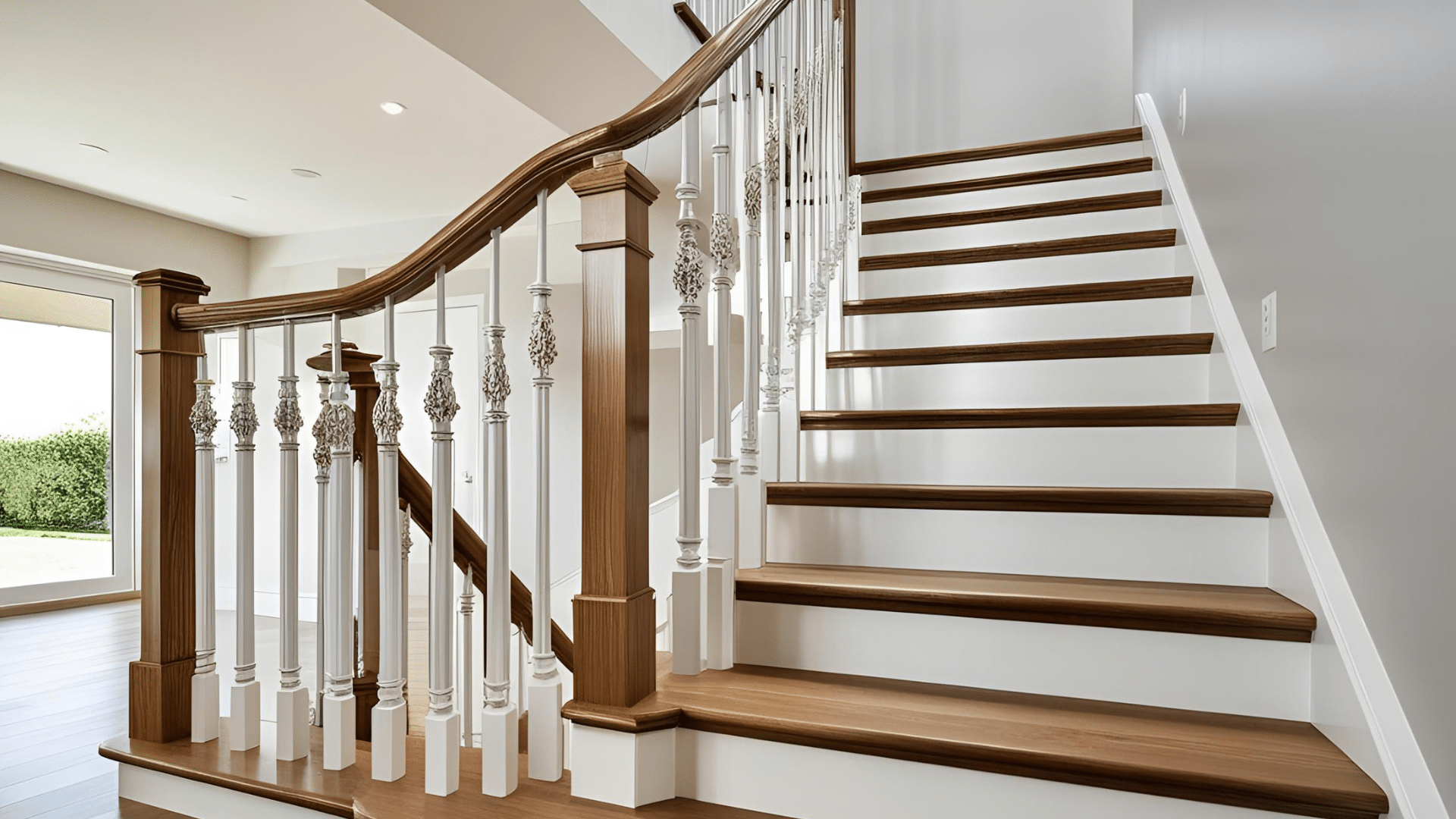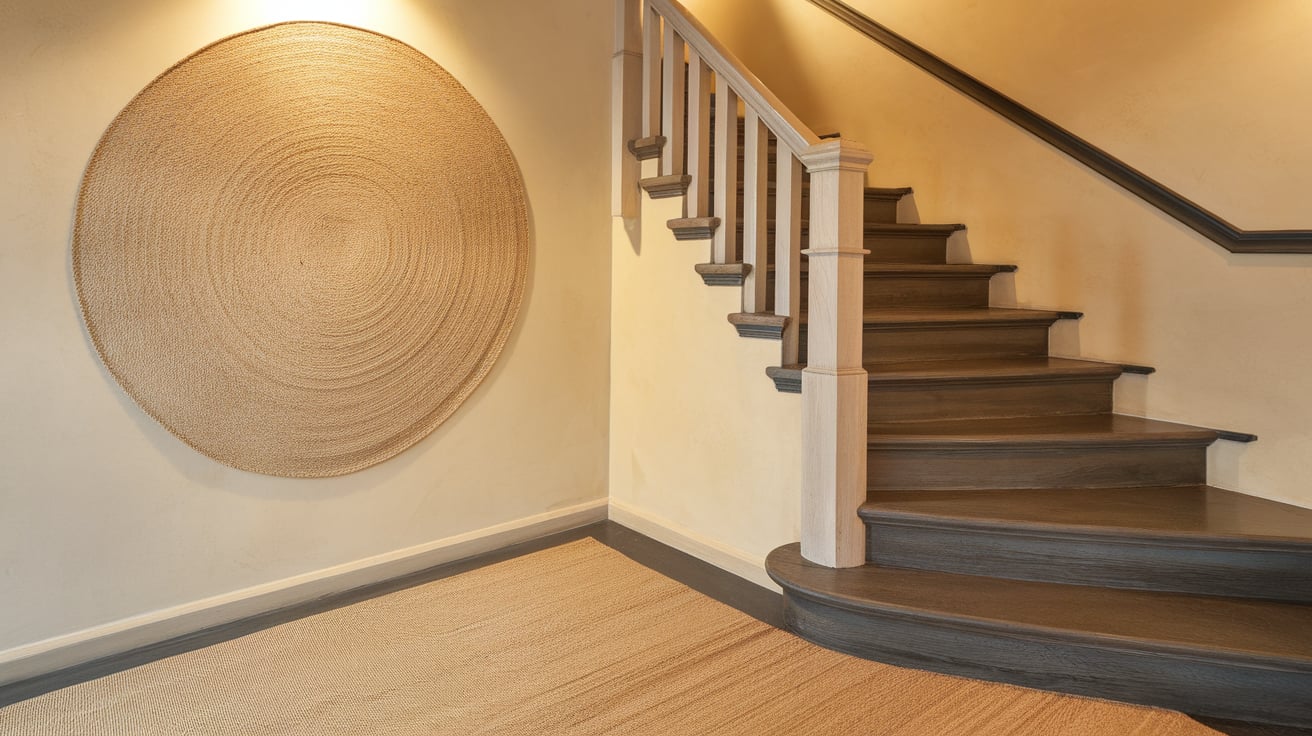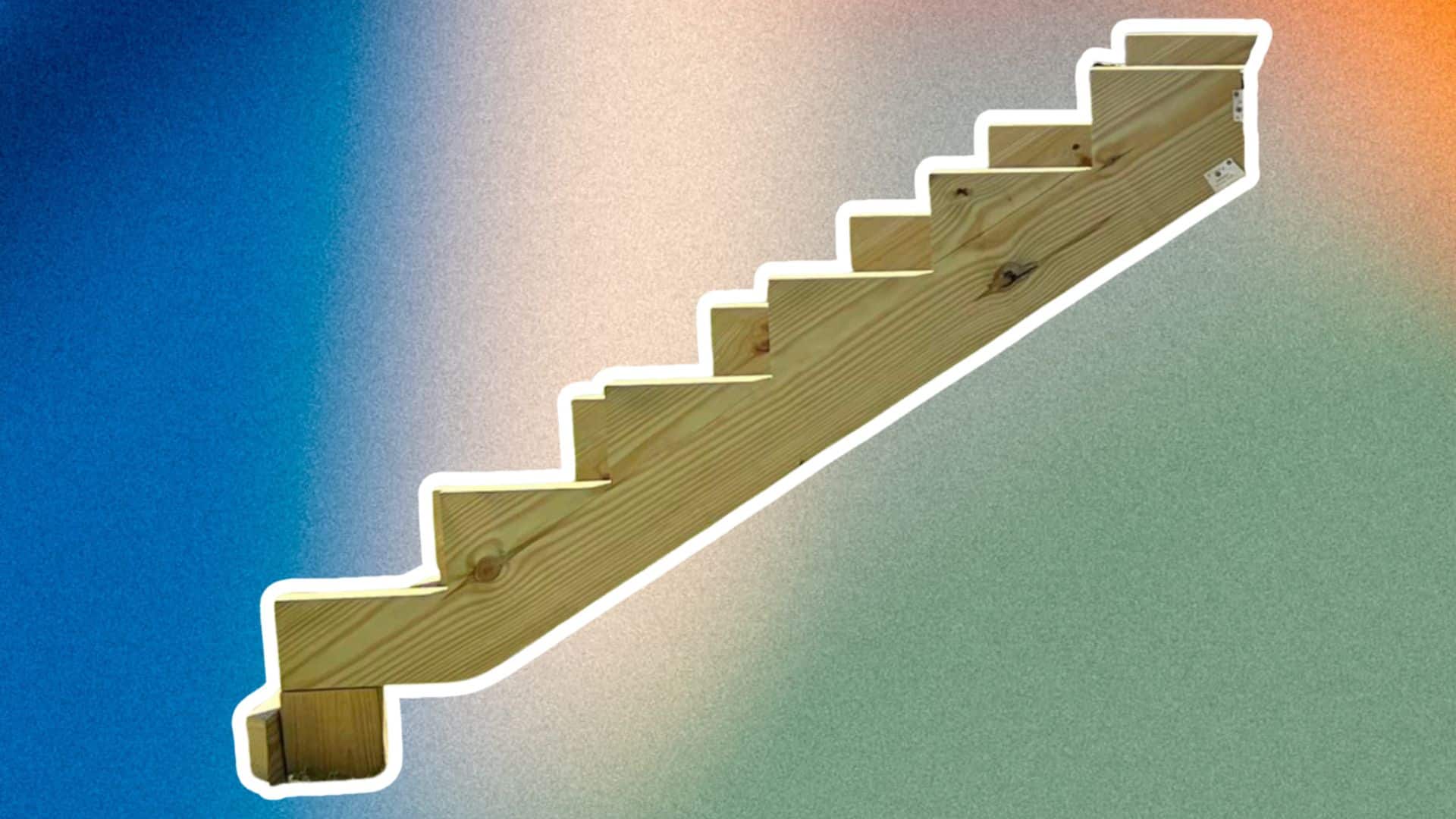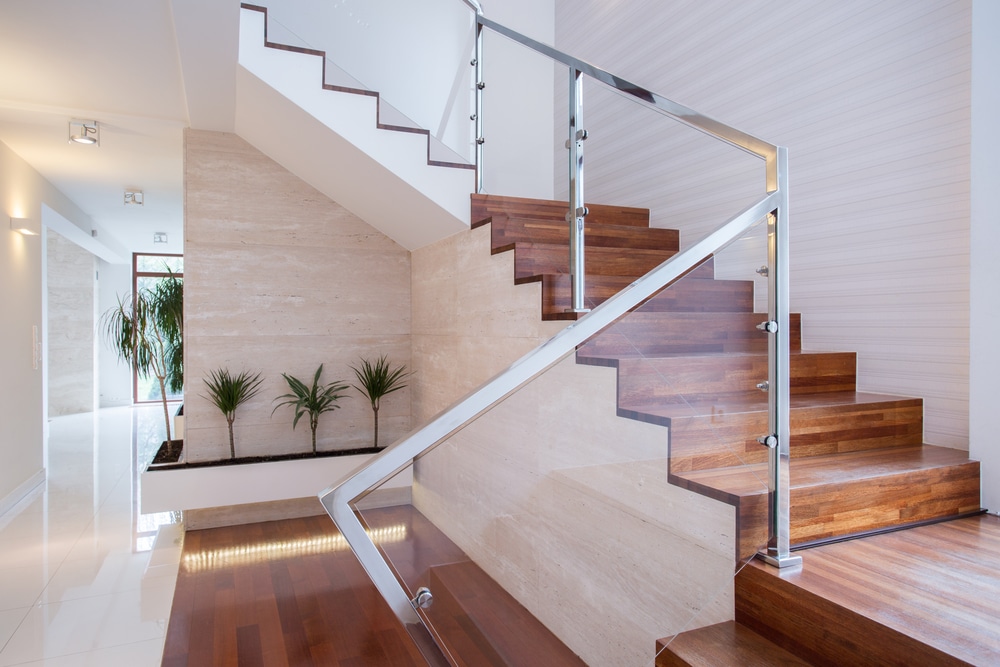Does the Number of Stairs in a Flight Vary by Building Type?
If you are thinking about how many stairs are in a flight of stairs? The number of stairs in a flight can actually depend on the type of building. In some buildings, such as houses or smaller apartments, you might find a shorter flight of stairs. These are designed to be easy to climb, usually with around 10 to 12 steps in a flight.
They make it convenient for daily activities. Larger buildings like office towers or skyscrapers have longer flights of stairs. These can have many more steps, sometimes 20 or even 30 steps in a single flight. So, if you’ve ever looked at a flight and thought how many stairs there are in a flight.
So, let’s check how many stairs in a flight.
What is the Flight of Stairs
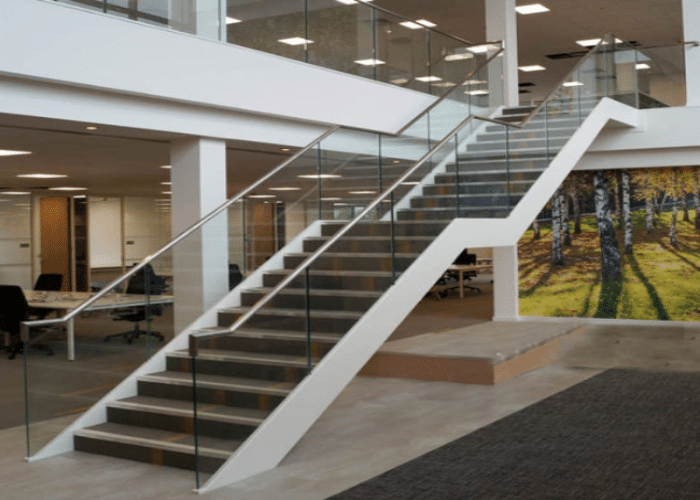
A flight of stairs is a series of steps or a staircase that connects one level or floor to another in a building or structure. It allows people to move vertically between different levels, such as going from the ground floor to the second floor of a building. Stairs are typically composed of steps, each of which is a flat surface that one can step on while ascending or descending.
Historical Perspective

Staircases have a really interesting history. They’ve been around for a long time, changing as architecture and society changed too. Back in the day, places such as Egypt and Mesopotamia built stairs mostly for practical reasons. But as classical architecture became a thing in ancient Greece and Rome, stairs got fancier. They started being used as grand entrances to temples and important buildings. As time went on, stairs became symbols of wealth and greatness, especially in European palaces and fancy estates during the Renaissance. Over the years, stairs have been both useful and a way to show off artistic skills. They tell the story of how our culture and designs have changed. The way stairs have developed shows how architecture and what we value as a society keep changing.
Architectural Variations

The style of a building’s architecture is crucial in deciding how many steps are in a set of stairs. Different architectural movements, such as Gothic, Baroque, and Modernist, have their own preferences for stair designs. For example, Gothic cathedrals are famous for their winding stairs, while the Modernist style liked simple and basic designs with floating stairs sometimes. So, the time when a building is constructed can really affect how the stairs look and work.
Residential Buildings

In houses, the number of steps in a staircase can vary based on different things like how much space there is, how it looks and how easy it is to use. In small houses where there isn’t much space, people might love stairs that don’t have too many steps. But in fancy houses, they might want big, impressive stairs with lots of steps to make the house look special.
Commercial Buildings
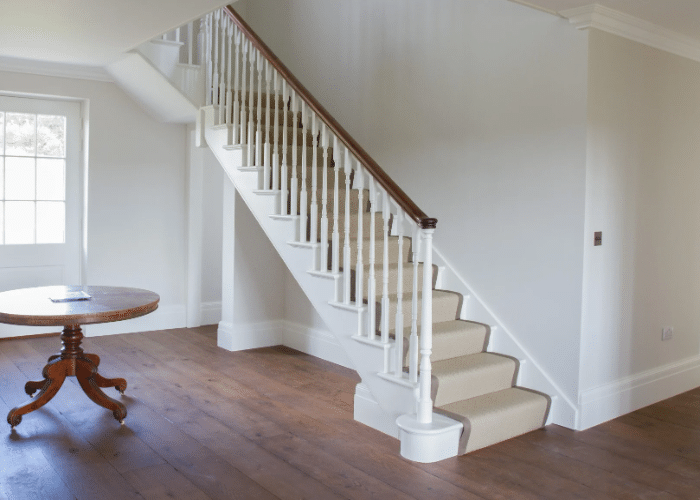
Commercial buildings such as office complexes and shopping centers focus on being practical and safe. The number of stairs in these places is usually determined by building rules and laws. Making sure people can move quickly in emergencies is a big concern, so the stairs are often wider and have more steps. Designing stairs in commercial places also needs to follow rules to make them accessible to people with disabilities.
Industrial Buildings

In factories and industrial buildings, where safety is very important, staircases are important paths that help workers reach different floors and machine areas. The number of steps in each set of stairs is designed with safety in mind. Industrial stairs are usually strong and practical, following strict safety rules and guidelines.
Regulations and Codes

Building codes and rules set by local authorities and organizations have a big impact on how stairs are designed in different types of buildings. These rules tell us things like how big the stairs should be, how high the handrails should be, and how tall each step can be. Following these rules is very important to make sure that stairs in buildings are safe and easy to use.
Aesthetics vs Practicality

Balancing both looks and practicality in designing staircases is always a challenge. Staircases can look amazing but they must also work well. Architects often struggle with finding the right balance between making stairs attractive and making sure they’re useful and safe for people.
Future Trends
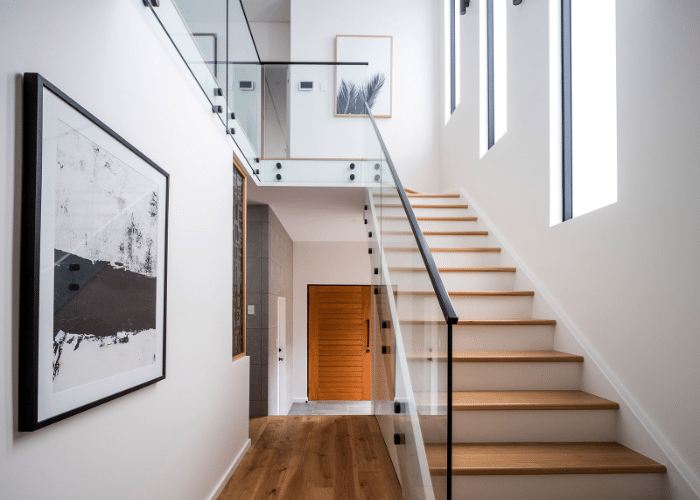
As architecture keeps changing, staircase design also develops. New trends in eco-friendly building practices might affect the materials and shapes of stairs. Advancements in technology, such as smart lighting and sensors in handrails, could make stairs safer and more attractive in the future.
Conclusion
After our investigation into whether the number of stairs in a flight varies by building type, we’ve checked some interesting findings. We observed that various types of buildings indeed have different numbers of stairs in their flights. Residential buildings, like houses and apartments, usually have shorter flights with fewer stairs. Making it easier for people to access their homes without too much effort.
On the other hand, commercial buildings, such as offices or shopping centers, often have longer flights with more stairs due to the need to accommodate larger numbers of people and ensure safety during crowded times.


